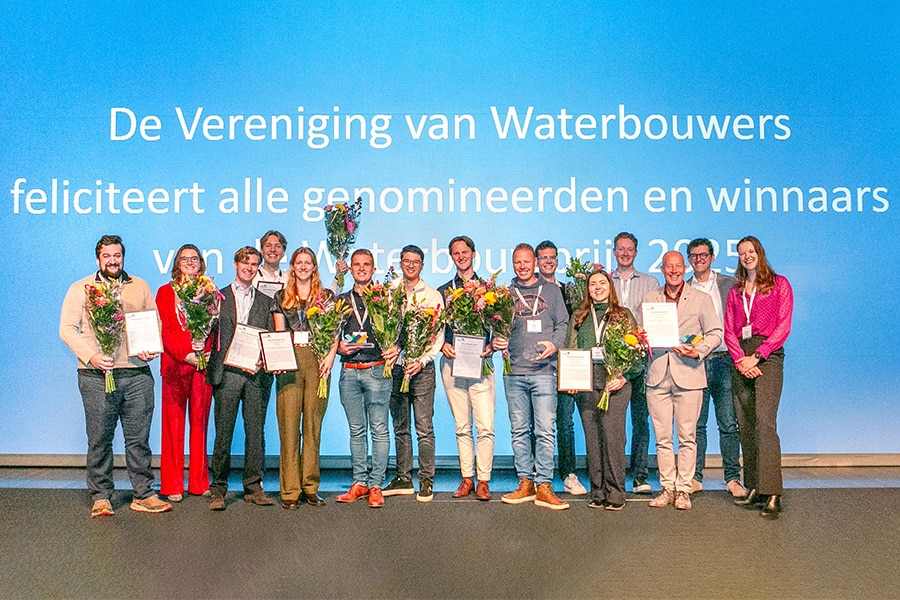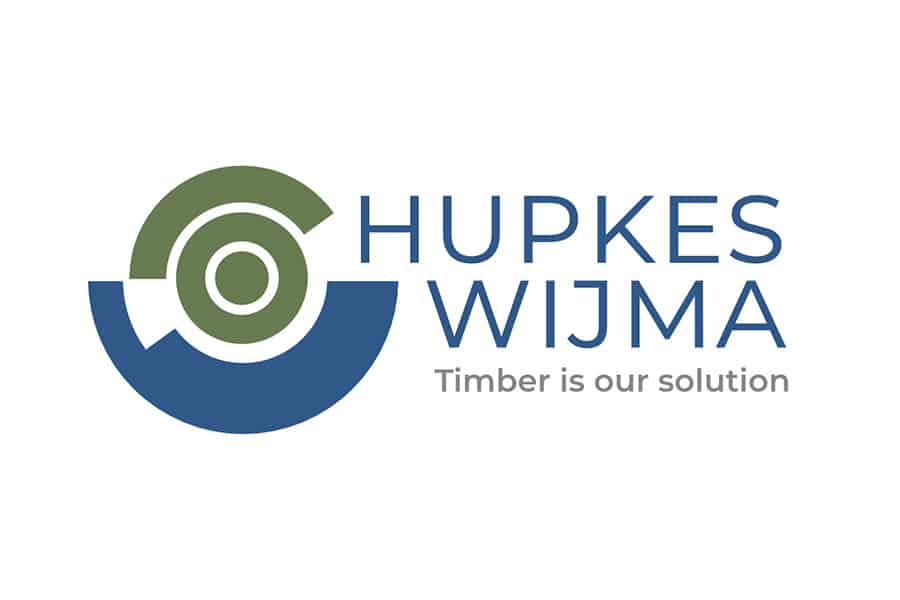
MKI calculations in the GWW
Sustainability is playing an increasing role in GWW projects, for example in the form of environmental impact. To make that impact transparent, the environmental cost indicator (EQI) is increasingly used as a measuring tool. But what is the MKI and what can you do with it?
What is MKI?
A product or design can cause negative environmental impacts in many different ways. Examples include greenhouse gas emissions, resource depletion, energy use and water consumption. Because these environmental impacts are expressed in different units, it is difficult to compare them.
This is why the environmental cost indicator (EQI) was developed. This summarizes environmental impacts in terms of shadow costs, or the social costs required to undo the impact. These costs are expressed in euros. In this way, the environmental impacts of different products can be objectively compared. This is done from the life cycle analysis (LCA) of products.
What is LCA?
To capture the total environmental impact of a product, you must look at all life stages: from raw material extraction to end-of-life processing. This is the full life cycle analysis (LCA) and forms the basis of EQI calculations. Five phases can be distinguished in the LCA:
- Production, from raw material extraction to product
- Construction, including transportation to use site
- Use, management and maintenance
- Demolition and waste disposal
- Reuse, recovery and recycling
EIA calculations
EQI calculations are made based on nationally available data from LCAs or product-specific LCAs from suppliers. The advantage of product-specific LCAs is that the EQI can be calculated more accurately than using industry averages or values of comparable materials.
Calculations can be performed in Excel, but a commonly used software tool to calculate the MKI of a project is DuboCalc. The convenience of DuboCalc is that you can directly access data from the National Environmental Database (NMD) and create reports with figures.
Deployment MKI
Both clients and GWW contractors use the MKI.
Principals
Clients such as governments can make a reference calculation based on the existing design before the start of a tender. In this way, they can clarify the environmental impact. From that reference calculation, you can use a center of gravity analysis to determine which materials have the greatest environmental impact. On this basis, you can make optimizations and well-considered choices, for example for the use of fewer or different materials.
Contractors
The EQI is a good tool for making environmental impacts objectively measurable. Therefore, it is increasingly used in tenders to compare contractors' solutions. By including MKI as an award criterion in tenders,
contractors are challenged to make optimizations over the reference calculation to achieve the lowest possible EIA score.
The MKI is increasingly appearing as an award criterion in tenders and is therefore part of the basic training in sustainability in the GWW from Brave & Boost. Sister company We-Boost also makes MKI calculations and center of gravity analyses for clients and contractors and, based on these, advises on optimizations.
![[Vacancy] Civil Advisor at Spaarnelanden 1](https://gww-bouw.nl/wp-content/uploads/2025/12/Naamloos-2-kopie.jpg)



